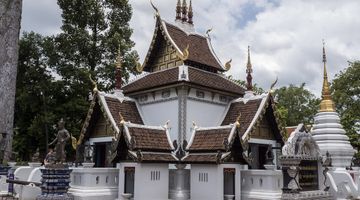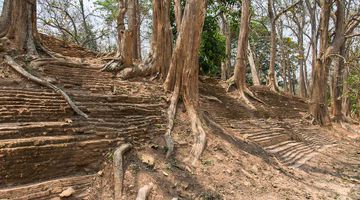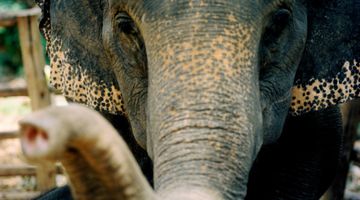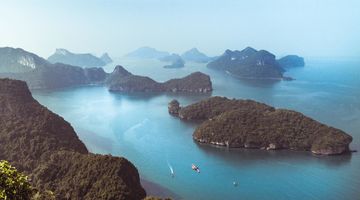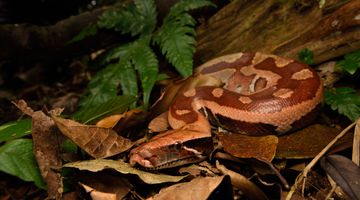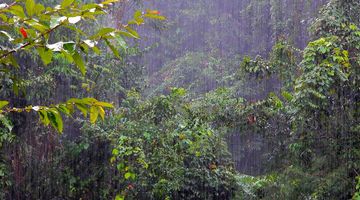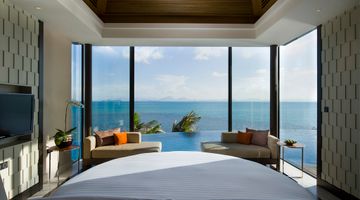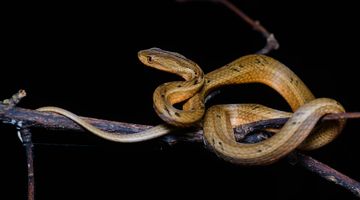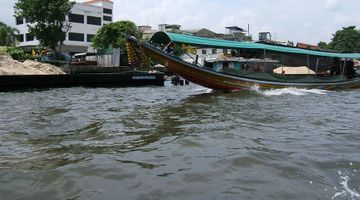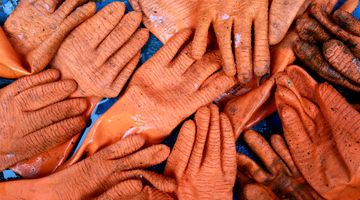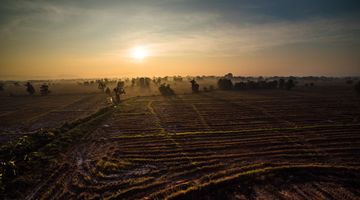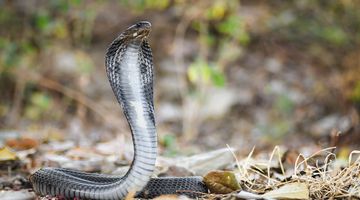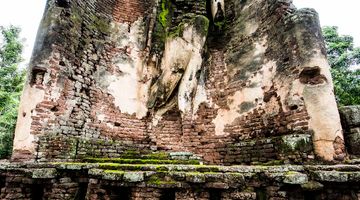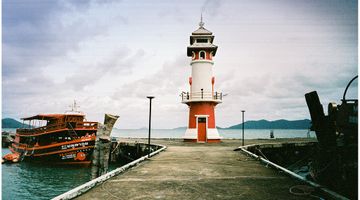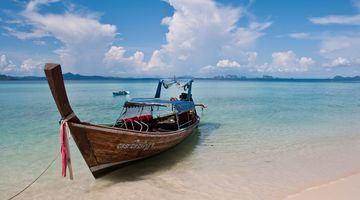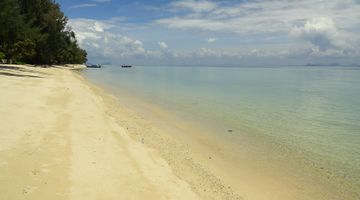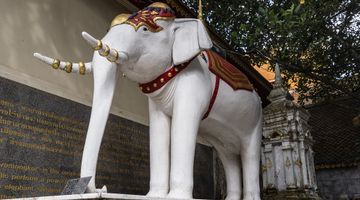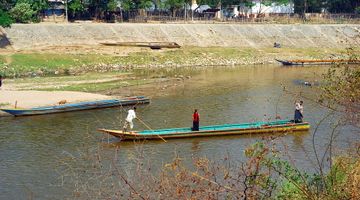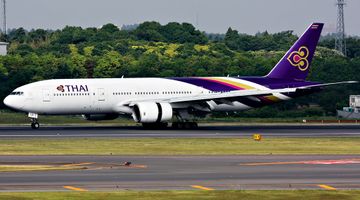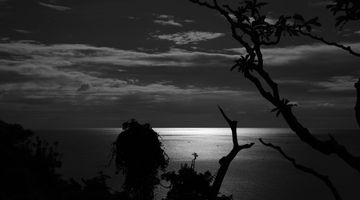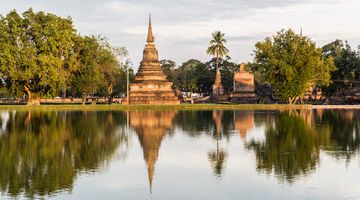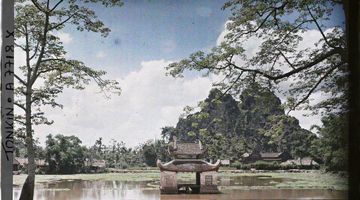Phayao Things to Do
Seas of fog, rare Siamese big-headed turtles, hiking and trekking trails, hill tribe villages abound in Phayao province, and if you are ready to explore beyond the well-trodden paths of Chiang Mai and Chiang Rai, Phayao is calling!
Enjoy Kwan Phayao
Kwan Phayao lies on the western side of the city and is the third biggest lake in Thailand (‘kwan’ means lake in the traditional Lanna language). It is an artificial lake created after in 1941 a dam for fishery purposes was constructed.
Today the lake is the most important water source in the province and it’s the habitat for several different kinds of catfish, carps and tilapias. Several restaurants around the lake will happily cook for you the local fish.
For a relaxing afternoon out of town you can hire a bicycle or a motorbike and make a loop around the lake. The total trip is less than 30 km. Bonus – you’ll get the chance to discover the other side of the lake – with traditional villages, quaint temples, quiet restaurants and great views of town from the opposite bank. Boats are available to hire in town; get one in the late afternoon and enjoy a romantic sunset from the water.
Chiang Kham
Chiang Kham is a small town in the north of the province, home to a big community of Thai Lue people, an ethnic group originating from the southern provinces of China and once well established in all the north of Thailand. What remains of their culture and traditions is now concentrated in Phayao and Nan provinces, and Chiang Kham is one of the best places to get to know them a little bit better.
The cultural centre and quite a few temples will keep you occupied for at least a full day. Additionally Chiang Kham is the best starting point for visiting the nearby natural attractions. Songthaews from Phayao bus station will take you to Chiang Kham which is located 70 km away from the provincial capital. Accommodation is available in town.
Phu Sang National Park
Phu Sang National Park is located in the north of Phayao province, bordering with Laos and Chiang Rai. Easily accessible from Chiang Kham (a public songthaew from there will drop you off at the car park), it features several attractions, the most visited of which is Namtok Phu Sang, a 25 meter waterfall a few hundred meters from the visitor centre. The water there is 33 degree all year round since it originates from a hot springs above (which can be visited via a short trek). A nice pool at the bottom of the waterfall is suitable for bathing. Simple hiking paths originate from the visitor centre while for a more challenging trek to reach the highest peak of the park you’ll need to hire a local ranger to guide you.
The park is the natural habitat for the endangered Siamese big-headed turtle, but don’t expect to see it easily since it usually hides during the day and comes out only at night.
Accommodation and small shops and restaurants are available in the park which is open every day; admission fee is THB100 (THB50 for kids).
Phu Lang Ka
Phu Lang Ka is a small and remote village set on the side of a mountain in the forest park of the same name. The park itself features a couple of waterfalls, a nice trekking route to the top of the mountain and spectacular views of the rhododendrons in bloom from October to December, but it’s not comparable to other natural parks in the north. What makes Phu Lang Ka so special and worth a stop for one night is the location of the only accommodation option available, Phu Lang Ka Resort (see the accommodation article), that will give you some of the best sunset and sunrise views you can get in Thailand, with the sun usually coming out or diving into a sea of fog hiding the underneath valley.
Phu Lang Ka can be reached from Chiang Kham (40 km northern) with a local bus leaving twice every morning. The bus will drop you off on the main road 50 meters from the resort.



